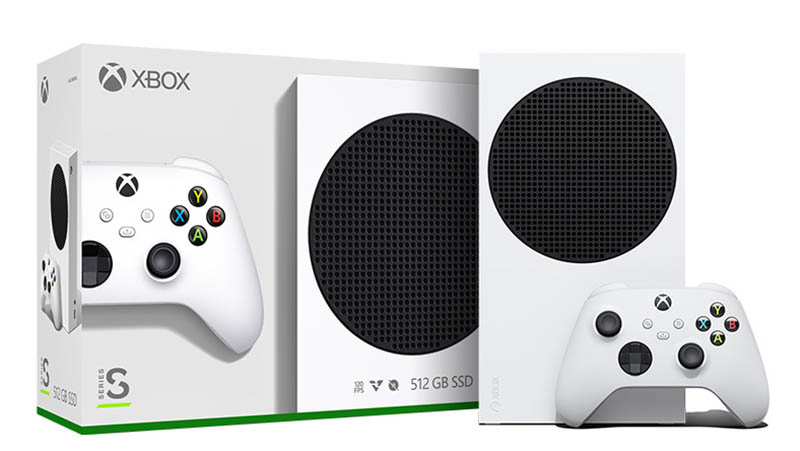
Microsoft’s successes with consoles have been mostly misses when competing against Sony or Nintendo. The first Xbox struggled with Japanese support, which was crucial in the 2000s and was hilariously large. Xbox 360 was mostly a success thanks to third party support, but was rife with engineering flaws and egregious mistakes that made it an unreliable mess in the long term.
Xbox One was public relations disaster. Representatives infamously telling consumers to “deal with it” in regards to its always online requirements. Compounded with Kinect using up dedicated RAM and Microsoft’s focus on an “all-in-one” media machine, it failed to capture the attention of the masses to be a big hit. Could things finally change for the tech giant in the ninth console gen?
The Xbox Series consoles are confusingly named, have an arduous initial set-up, and are nigh featureless boxes without any style. Yet, these might be the best gaming devices that Microsoft has ever designed. The Xbox Series S console in particular is a very economical option for a financially conscious gamer, who is willing to sacrifice some specs in order to play the next generation of games.
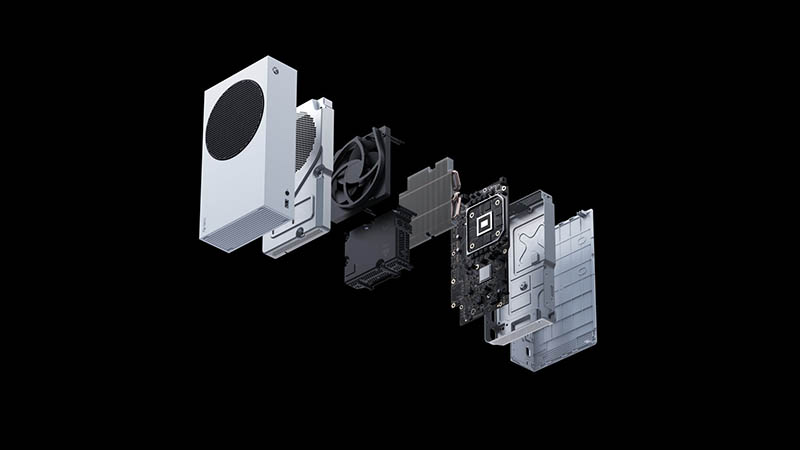
Much has been said about the unusual design of the Series S. As everyone has pointed out, it looks like a space age amplifier or a PA system. The unit is built like a rock, and is seemingly made with some high quality plastics. Seams in the build are tight, and the finish is a matte surface that won’t leave any vulgar smudges or unsightly smears.
The initial set-up is a tedious process that requires an online connection. This is an all-digital console, so having it go online is inevitable in order to download and install games. After several prompts of getting your profile on the machine, rejecting offers for Microsoft’s online services and downloading firmware updates… You can finally begin downloading some games.
The Series S advertises itself as having half a terabyte (512 gigabytes), but it is actually closer to about 364 gigabytes. The console dedicates 148 gigabytes to operating system functions and for features like quick resume. This is a very small amount of storage space, especially since many games are in the 40-50 gigabyte range, and some in the hundreds becoming a common occurrence.
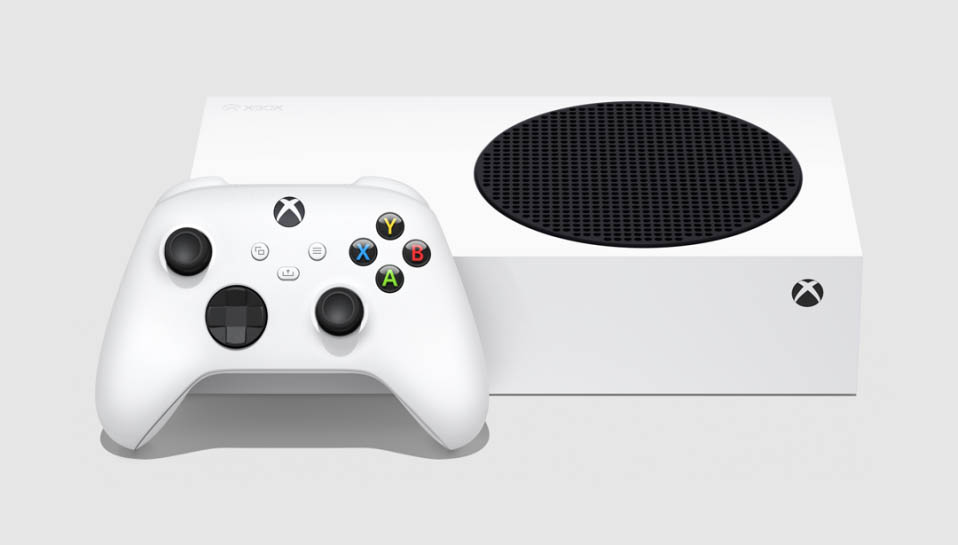
Due to such a small amount of storage space in the console, getting an SSD is necessary. The proprietary Xbox Series SSD from Seagate proves to be a very reliable, and despite the $219.99 cost, it is a fair price considering the options out there. If you are getting a Series S and the expansion card you may as well get a Series X, since it will cost more and you’re missing out on the superior console.
Transferring entire games from Series S internal SSD to the expansion card is impressively fast. Tremendous games like Final Fantasy XV and all of its expansions is close to 100 gigabytes, and moving that amount of data took barely a minute.
When playing a backwards compatible game like Final Fantasy XV from the expansion card, it runs exactly the same from the internal storage. It loads much faster than it ever did on a Xbox One X, with the initial boot-up taking about 10 seconds. Fast traveling from the furthest ends of the map is impressively quick, and makes the experience of traversing Eos much smoother.

Sadly, Series S does not support the X enhancements of X enhanced backwards compatible games. Final Fantasy XV was one of these Xbox One titles that got extra graphics settings on Xbox One X, such as “lite mode.”
This would allow the game to run with an uncapped frame rate, allowing Final Fantasy XV to hit 60 frames per second on a Series X. On a Series S, it will only run 30 frames per second.
The general rule with backwards compatible games is if they ran uncapped, they would hit their max and stay there on Series S, so long as they didn’t rely on X enhancements. The extra muscle in the specs is able to power through the short comings of the past consoles, so something like Grand Theft Auto 4 manages to run 60 frames per second, and boot up in about five seconds.
While playing the remastered Bayonetta on Series S, load times are so fast it is impossible to get any practice time during the load screens. Poorly optimized games made in Unity like Ghost of a Tale are given enough headroom to finally run and load very smoothly. The Series S will have no issues with backwards compatibility with your digital games library.
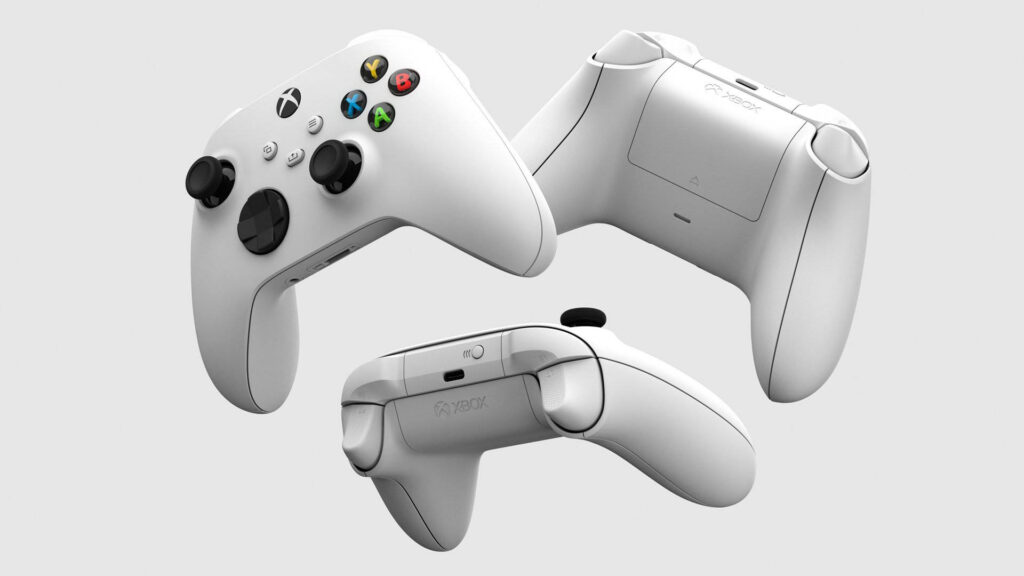
The Series S controller is a more refined and better built device over its predecessor, which felt cheap and had weak construction. Seams are snug and don’t pop out of alignment with a firm grip. The D-pad is a revelation over any previous iteration that Microsoft has had. Inputs have a scrumptious click and snap, giving satisfying feedback during play.
If you have the previous rechargeable battery from the Xbox One consoles, you’re in luck because they are compatible with the Series controller. Xbox One controllers will also work with all backward compatible games, which is convenient if you still play some of the older games that support local co-op.
This is a very reliable and extremely ergonomically comfortable controller, with a fine grain for grip. It may not have fancy rumble or flashy lights, but it plays it safe, and is dependable with no noticeable lag. Too many added features could have potentially been a drain on batteries, and since this does use two AAs, perhaps it is for the best.
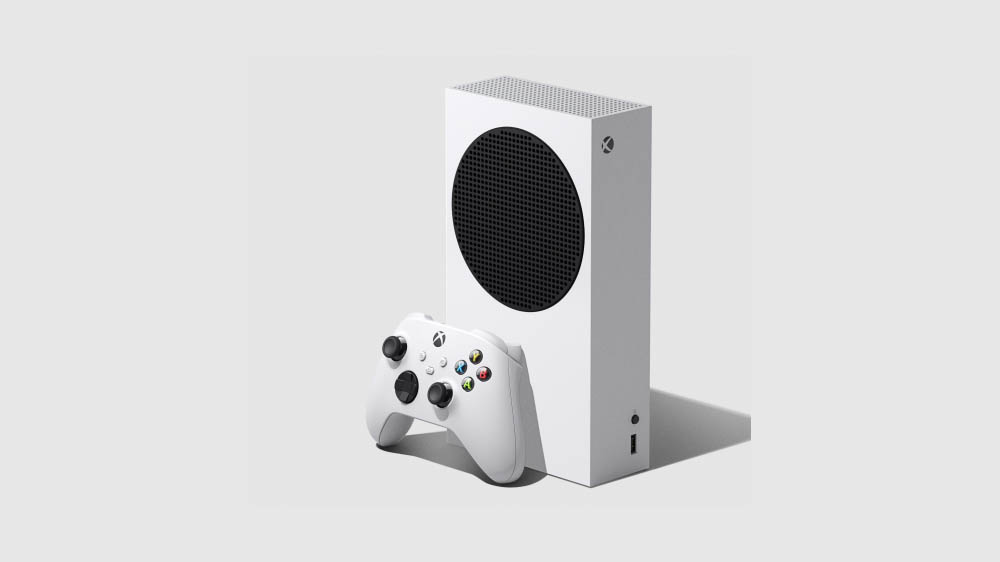
Series S is a compact beast that can run Yakuza: Like a Dragon at 60 frames per second. After extended periods of play, the console never broke a sweat to the point the fan could be heard. The console can get warm, but the design of the cooling system has it disperse heat through the circular black vent and holes on its side.
A warm draft can be felt if you place your hand over it. This is the extent of the warmth the Series S generates. Leaving it on standby for over a week, left the machine feeling cool to the touch and switching between games in quick resume never stresses the console.
The trade-off of specs for a lower price is an offset that may potentially be more obvious as legitimate next gen games release. The biggest difference between the two units is Series S having only 4 teraflops processor, compared to the X’s 12. It is a certainty that the difference between the two units will become apparent, with the Series S making the substantial compromises.
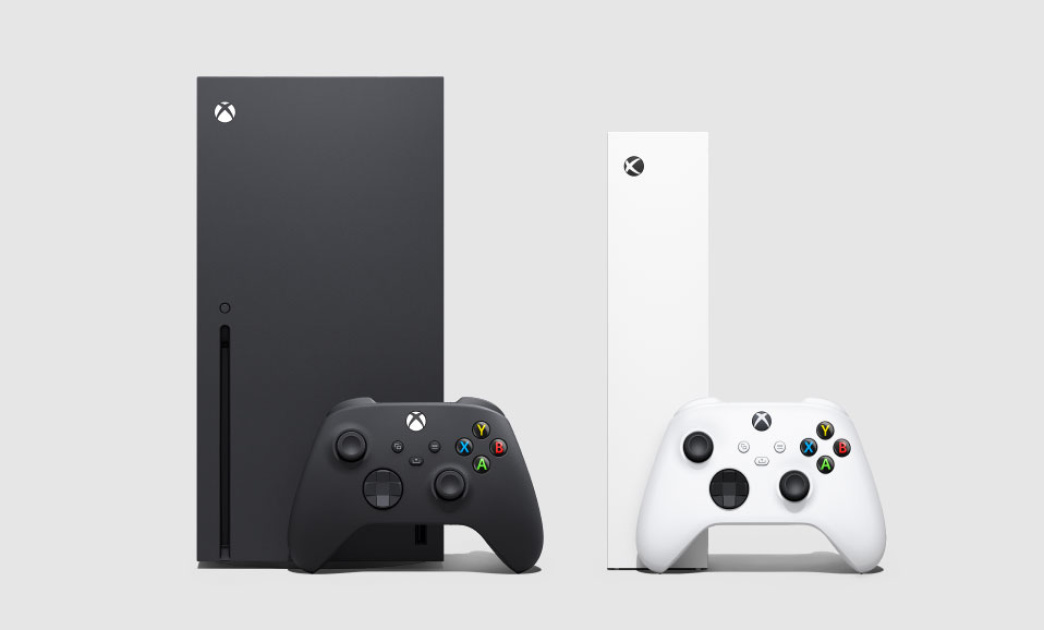
The Xbox Series S is an impressive console, but it is the budget option. Anyone with a display that supports 120 hertz and 4K has no reason to entertain this console as an option. Series S is just not equipped to render past 1080p consistently and even hitting 120 fps is also not a guarantee.
What the Xbox Series S is good for is being an affordable option for the casual gamer. Anyone who isn’t too concerned with 120 fps or doesn’t have a 4K display will find that this is a perfect gaming console that won’t break the bank.
It is obvious that Microsoft designed the Series S as a Trojan horse to lure customers into subscribing to Gamepass. It is a very clever strategy, and it does benefit the user since the selection offered is varied and has some legitimate hits.
The downside to the Series S is that users won’t ever own any game they purchase, since a digital game is a license. If you can accept this, then the Series S is an excellent console.
Xbox Series S console was reviewed using a retail unit purchased by Niche Gamer. You can find additional information about Niche Gamer’s review/ethics policy here.